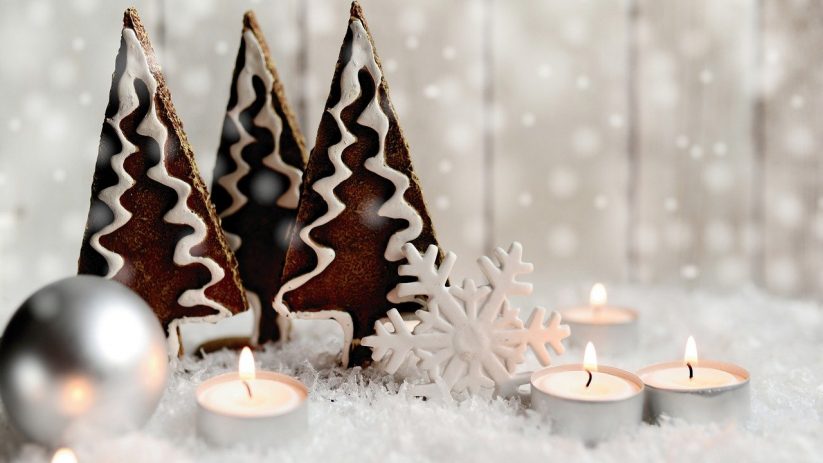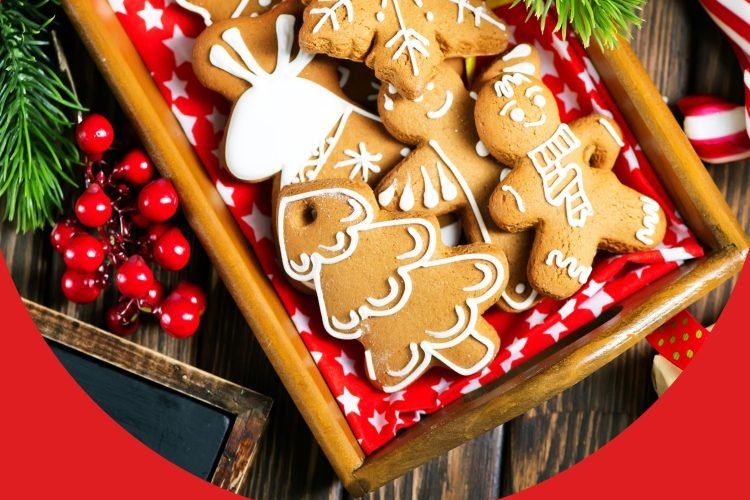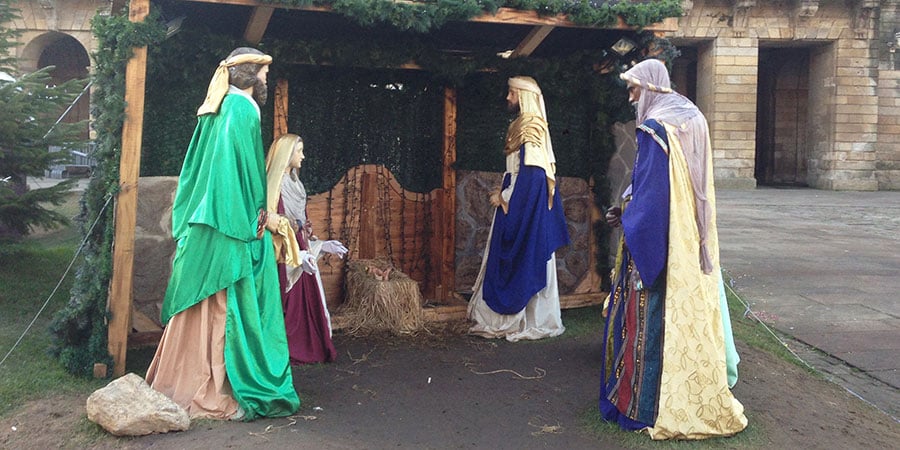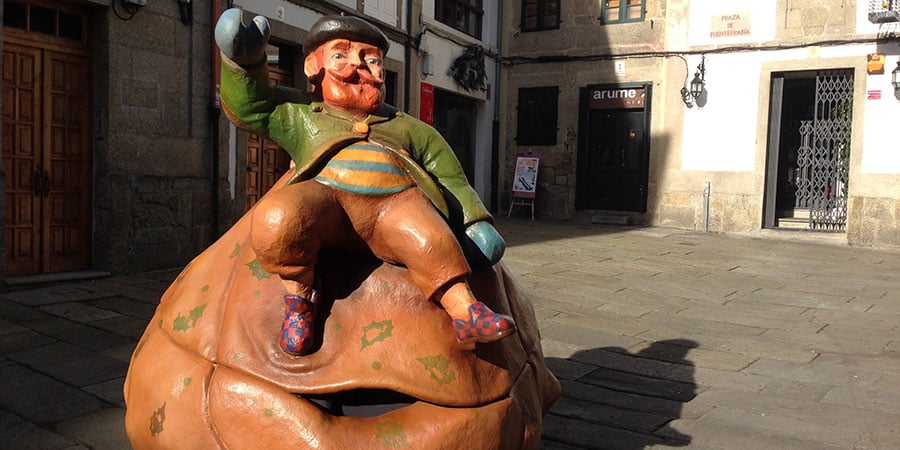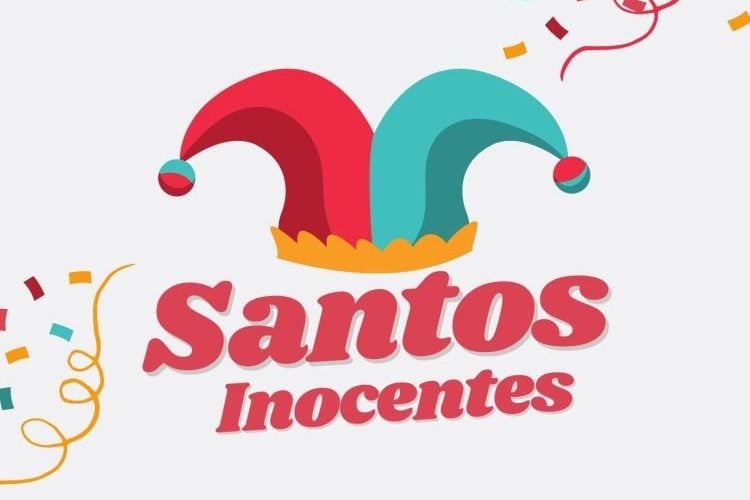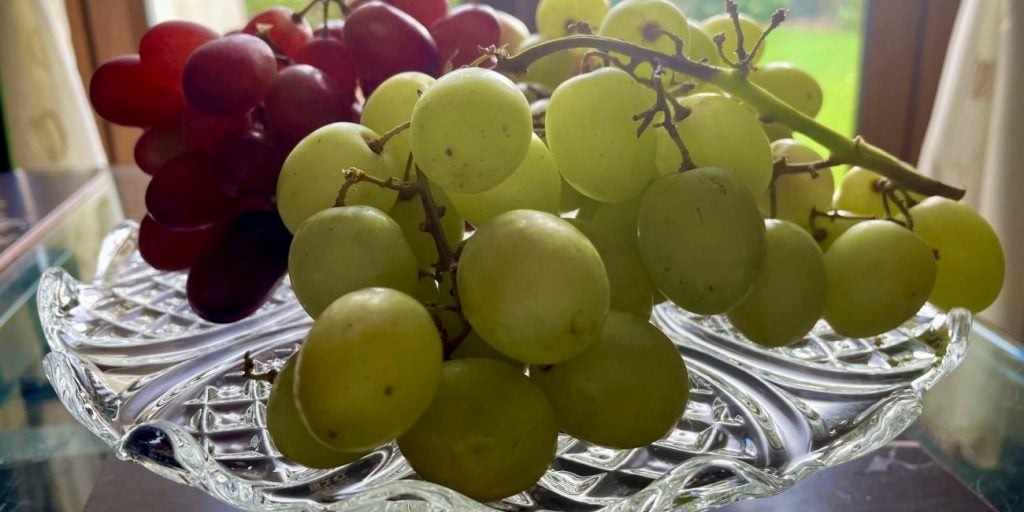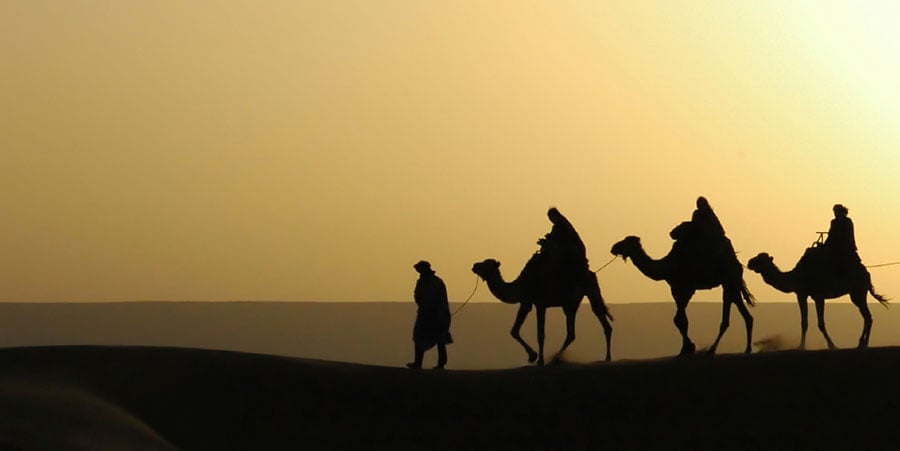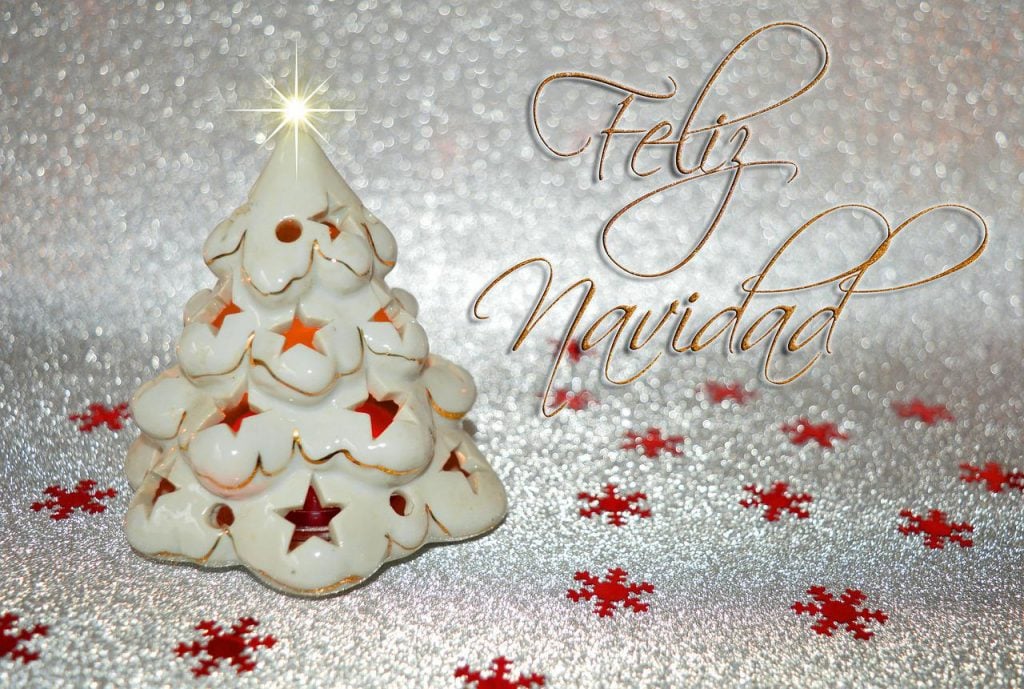6 Christmas Traditions On The Camino de Santiago
Christmas is one of the most beloved times of the year, whether you’re a fan of the cold weather, the Christmas movies or Christmas trees and Santa Claus. But not every country or place celebrates Christmas the same way. So let’s look at 6 Christmas traditions you might come across on the Camino de Santiago.
As all routes pass through Spain and Galicia, we’ve kept our focus on Spanish and Galician Christmas traditions. One thing you’ll notice is that there isn’t a turkey dinner in sight!
1. El Gordo
The 22nd of December marks the official launch of the Christmas celebrations in Spain. In fact, kicking the festivities off is the country’s mighty Christmas lottery, the biggest all year.
Even if you wouldn’t consider yourself to be someone who buys lottery tickets, it’s definitely worth testing your luck for this one! So where does the name ‘El Gordo’ come from then? Meaning ‘the fat man’, El Gordo is the name given to the lottery’s biggest prize!
The Spanish Christmas lottery has been taking place for more than 250 years. For the winners, it’s definitely an extraordinary way to end the year and for those who fail to claim even a cent back? Well, there are more important things in life than money! As they wisely say in Galicia: ‘mentres que haxa saúde!’ (at least we have health!).
2. Noiteboa
December 24th, Christmas Eve, is the most important date for many people celebrating Christmas around the world. This is the same for those living in Spain, but for a different reason.
While some of us may have the big Christmas dinner and the catch-ups with family on Christmas Day, you’ll find these celebrations taking place on Christmas Eve in Spain. Called ‘Good Night’ (Nochebuena in Spanish and Noiteboa in Galician), December 24th is the pinnacle of the Christmas celebrations.
Families get together and eat copious amounts of food while singing their favourite Christmas carols and sharing in the general merriment of the season, something we can all relate to during the festive season.
3. Presents
While many children across Spain will be opening presents from the big guy in red on December 25th, this is a relatively new tradition in the country. That’s not to say these kids never got gifts though.
Traditionally, children in the Basque country received presents from a Basque farmer named Olentzero. He is known for sporting a beret and pipe called.
Meanwhile, in Catalonia, the ‘Tió de Nadal’ or ‘Caga tio’ (a gift-pooping Christmas log, yes really!) is in charge of delivering presents to the children in the house. The kids receive the presents in an unusual fashion by beating the log with a stick. inorder to get their presents.
Finally, in rural Galicia, the friend of foodies everywhere is L’Apalpador. This ginger-bearded mountain man goes down to the villages on the 24th or 31st December to check if children have eaten enough during the year. He usually leaves them some chestnuts, food and maybe a few other gifts.
4. Santos Inocentes
While most of us will be aware with the day of foolery on the first of April and many will prank all in their path on Halloween, did you know that Spain has another day where pranks and jokes take centre stage?
Día de los Santos Inocentes, the day of the Holy Innocents, takes place every year on December 28th (great to get some mischief in before the end of the year!). On this day, be careful what and who you believe because there’s a good chance you might be fooled.
If you are on the Camino de Santiago or anywhere else in Spain around this date, watch out! Read our article about Santos Inocentes to fully prep yourself for this wonderfully foolish day!
5. New Year’s Eve
New Year’s Eve is a time of celebration all around the world. It’s a time when we reflect on the good things the year has brought (and maybe even say good riddance to some less pleasant memories).
In Spain, December 31st is called ‘Nochevieja’, or ‘Old Night’. At midnight, everybody gets in front of the TV or at the local town hall (mainly in bigger cities) to eat 12 lucky grapes, one for each stroke of the clock. This is definitely a tradition I want to adopt myself!
6. The Three Wise Men
The last of our 6 Christmas traditions actually takes place on the 6th of January and is actually the biggest day for children in Spain. Traditionally, this is the day when the Three Wise Men (or The Three Kings as they’re known in Spain) come to town riding their camels. They will bring children gifts if they have been behaving all year round.
Most towns also hold a ‘Cabalgata’ (a Three Wise Men themed parade) the day before. During this festive event, the mighty Kings parade around town, saying hello to kids and reminding them to leave a few bits of food out for them and their tired camels. It has been a long journey from the Middle East after all!
Kids also traditionally leave their slippers under the Christmas tree with letters addressed to their favourite King: Melchor, Gaspar or Baltasar. Who’s your favourite?
We hope you enjoyed these 6 Christmas traditions from Spain. How do you celebrate Christmas? Let us know about some of your favourite Christmas traditions!
To keep the festive spirit alive, make sure to read about our favourite Christmas recipes and take a look at our article about 6 Christmas traditions in Italy.
If you’ve left your Christmas shopping a bit too late this year, don’t forget that you can give the gift of the Camino with one of our Camino Christmas Vouchers. If you’ve any questions or would like to book your own Camino de Santiago adventure, please don’t hesitate to contact us.
Merry Christmas and a Happy New Year!
